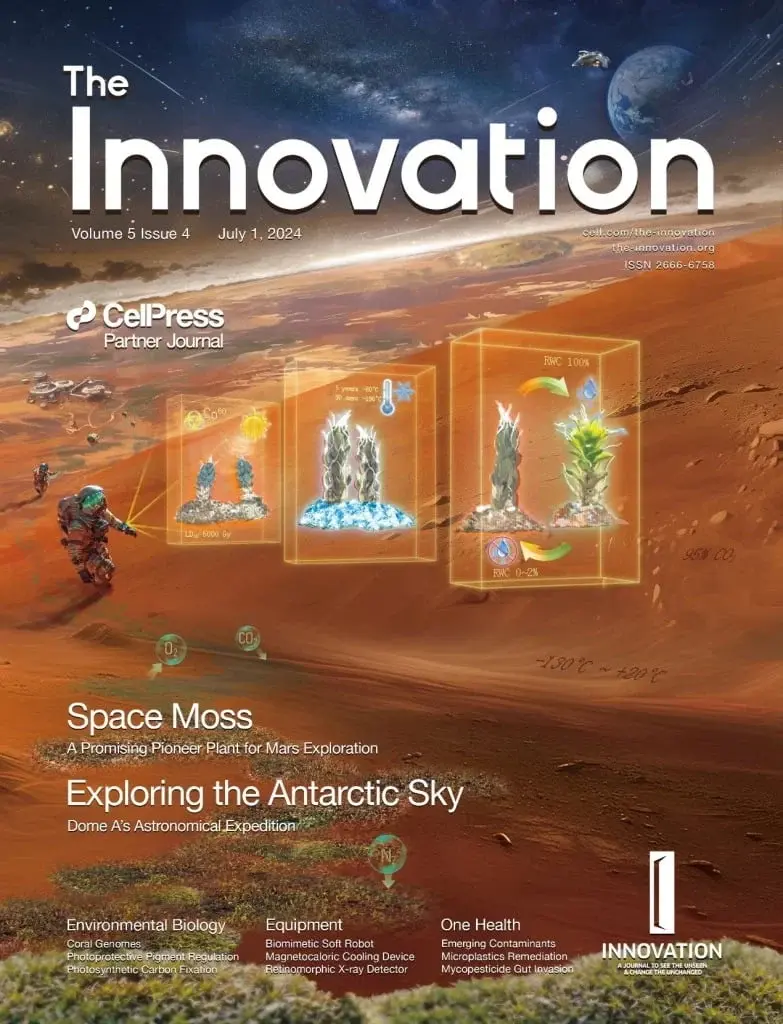Chinese scientists have discovered a potential candidate for life on Mars – Syntrichia caninervis, a moss that can withstand extreme conditions. This desert moss thrives in some of Earth’s harshest environments, such as the cold regions of Tibet and Antarctica.
The moss even managed to regenerate under strict conditions
Researchers subjected the moss to a series of rigorous tests to evaluate its tolerance limits, and the results were astonishing. Syntrichia caninervis endured dehydration of over 98% of its cellular water, flash-freezing at incredibly low temperatures (-196°C), and intense gamma radiation (over 5000 Gy).
But the moss’s resilience extends further. Under simulated Martian conditions – which include low atmospheric pressure, freezing temperatures, a dense CO2 atmosphere, and strong UV radiation – Syntrichia caninervis not only survived but also managed to regenerate. This discovery redefines the boundaries of life’s endurance on our planet and paves the way for future space exploration possibilities.
Future Research and Challenges
The research, published in the journal “The Innovation”, suggests that this moss could be instrumental in developing habitable environments beyond Earth. However, there are still challenges to address. Martian soil contains chlorates, a toxic and corrosive chemical not yet considered in this study. Additionally, the constant Martian environment, unlike Earth’s cyclical changes, could impose long-term stress on the moss.


Leave a Reply